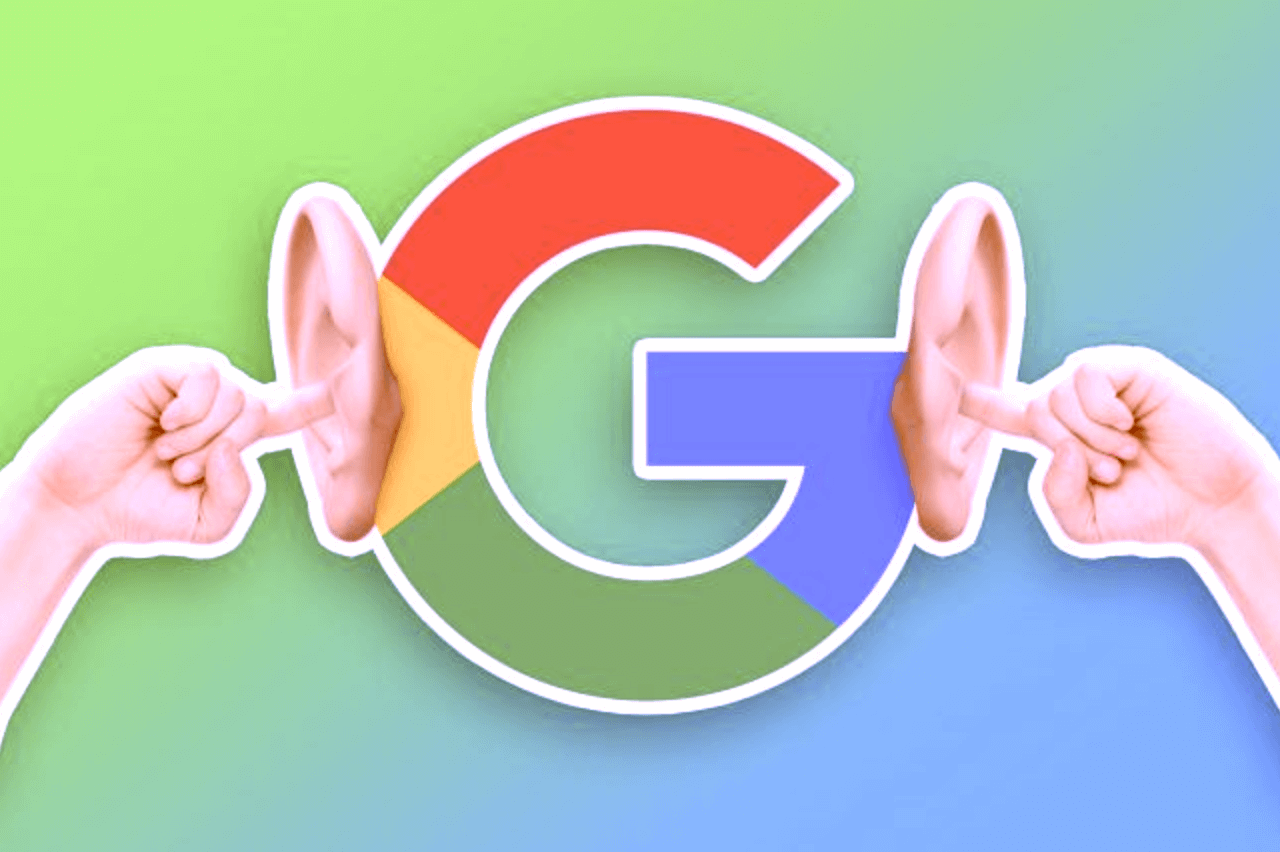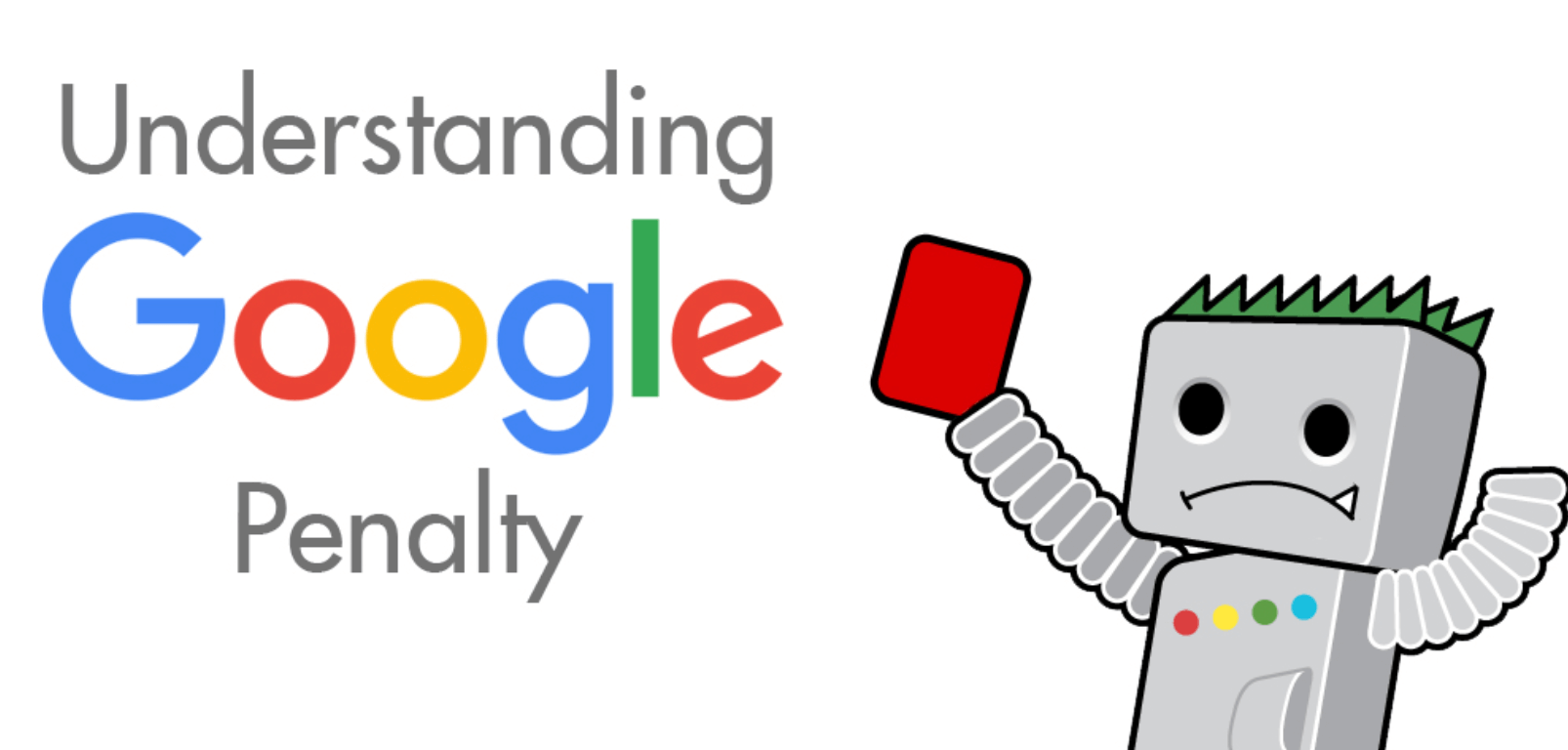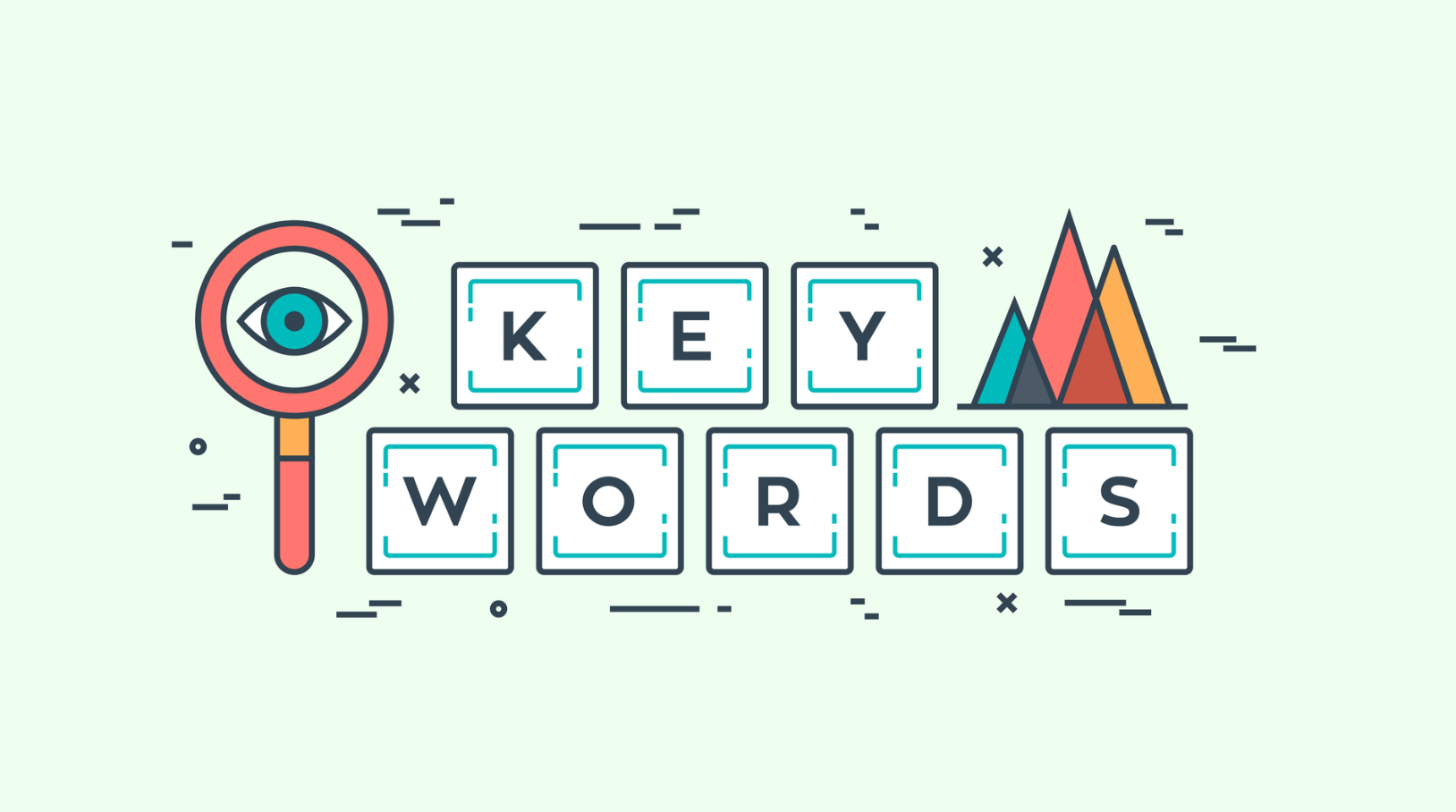
 .webp
.webp How to Recover from a Google Penalty?
When a website is hit with a Google Penalty, most webpage owners ask this question, “How to Recover from a Google Penalty?” Bouncing back from a Google Penalty may seem impossible for some. However, recovering from a Google penalty is achievable, even when it seems too difficult, to begin with.
When it comes to Google Penalty, it is important to know the cause of the penalty in order to know how to take action. In order to know more about the penalties that Google gives out and how to recover from these types of penalty, you can refer to the article below.
Two Types of Google Penalty
There are two types of Google penalty, which are the manual action penalty and the algorithmic penalty. In order to briefly explain both penalties, manual Action penalties are determined by a human reviewer. On the contrary, the algorithmic penalty is a sanction for actions against Google’s Algorithm.
A. Manual Action Penalty
As we have mentioned earlier, manual action penalties are usually determined by a human reviewer. Google will be kind enough to send the webpage owner a message regarding the penalty incurred. In the Manual Actions report, Google will write the details on the type of penalty incurred by the webpage.
In addition to this, the penalty will be split into either site-wide matches or partial matches. Site-wide matches are penalties that affect the entire page. On the contrary, partial matches reveal an action that affects only a certain part of a page.
On top of that, Google will have a list of guidelines that state policies that cover the manual action penalties. Once the cause of the penalty has been determined, the users can refer to the guidelines of Google’s webmaster in order to correct the mistakes. Once this is done, the webpage owner can apply for reconsideration.
B. Algorithmic Penalty
Contrary to Manual Action Penalties, Algorithmic Penalties are harder to determine since no one will send you a message if you have been hit by a penalty. However, the most common cause for Algorithmic Penalties is the violations against the Penguin and the Panda updates. On top of that, Google may be able to detect other violations against the Google Webmaster Guidelines. Compared to manual action penalties, it is easier to recover from algorithmic penalties.
Common Causes of Manual Action Penalty
A. BAD BACKLINKS
Unnatural links can go both ways since bad backlinks can be pointing towards your site and these links can also be found on your site. Any unnatural links related to one’s site can be considered as a bad backlink.
Bad Backlinks to site
Common Cause: Participating in Link Schemes or Buying Links
How to Recover from Bad Inbound Link Penalty?
- Download the links that link to the site using the Search Console and arrange the list by hostname or in chronological order.
- Check Google’s Webmaster Policy on linking
- Afterward, check the links that are in violation of the said policy and ask them to take down the link. Another option is to prevent the link from passing PageRank. This can be done by adding a rel=”nofollow” attribute.
- When the page owner has failed in having the link removed, the page owner can opt to use the Disavow links tool in the Search Console. Consequentially, this will allow the link to become disavowed when the links cannot be removed.
- Request for reconsideration after the bad backlinks are removed or disavowed.
- In addition to this, document the links that were removed. For the links that the page owner was unable to remove, attach an explanation letter as to why the link cannot be removed to speed up the reconsideration request.
- Wait for a message on the Search Console account that would revoke the Manual Action Penalty.
Bad Backlinks from Site
Common Cause: Unnatural outbound links that are not related to the webpage and its’ contents or sold links
How to Recover from Bad Outbound Link Penalty?
- Review Google Webmaster’s Guideline on outbound links
- Remove outbound links that violate Google Webmaster’s Guidelines or ensure that these links do not pass PageRank by adding a rel=”nofollow” attribute
- Ask for a reconsideration of the said violation
- Afterward, wait for a message on the Search Console account that would revoke the manual action penalty
How to Prevent Bad Backlinks?
When it comes to links, whether internal or backlinks, the most important thing to take into account is the relevance of the link to the content and purpose of the page. Moreover, buying and selling links are schemes that would certainly put one’s page at odds with Google’s Webmaster Guidelines.
B. HACKED SITE
Common Cause: Third party hackers gained access to the site and have posted “cloaked” malicious content on the site
How to Recover from a Hacked Site Penalty?
- Quarantine website by preventing the web server from serving pages and by using Account Management Permission Applications
- Identify the hacking type with the use of the Search Console
- Perform assessment on the damage, if it is Spam or Malware
- Clean the site to prevent access for hackers
- Apply for a reconsideration on the hacked site penalty
- Wait for a message on the Search Console account that states if the penalty has been revoked
C. THIN CONTENT WITH LITTLE OR NO ADDED VALUE
Common Cause: Poor content, duplicate content with little value, doorway pages, affiliate pages with no value
How to Recover from this Type of Penalty?
- Know the pages affected by the thin content penalty
- Remove content with no value or re-do the content to add more value
- Remove or thicken affiliate pages that add little or no value
- Identify pages that are considered to be duplicate content and remove them
- Remove doorway pages from the site
- Replace the contents removed with original content that add value to the webpage
- Apply for a reconsideration on the pages marked with the thin content penalty
- Wait for a message on the Search Console account that verifies that the sanction has been lifted
How to Improve Content on One’s Page?
Improving the content is simple. In addition to this, it is important that the content adds value to the page. One can also practice SEO Content Marketing which means to “…use the contents found on your site to rank higher in search engines. Creating content is not simply putting words on your website. Moreover, it is important to put value into these words to ensure that your article can rank higher. Increased site traffic should not be your only goal in mind, but you should provide information to your articles that can be useful for the readers.
When your content has value, the traffic on your site will increase. Moreover, there is also a lower bounce rate since the reader of your webpage will stay on your page longer. SEO Content Marketing is a form of search engine optimization technique that focuses on your use of related keywords to improve your ranking on major search engines. In addition to this, it will also help if your thoughts are arranged in a logical way and the keywords are placed in a natural manner.”
Find out more about tips on SEO writing by clicking this link.
D. CLOAKING
Common Cause: Sneaky Redirects, First Click Free Violation, Cloaked Images, Hidden Text, Keyword Stuffing
How to Recover from Sneaky Redirect Penalties?
- Familiarize yourself with Google’s Webmaster Guidelines on Cloaking and Sneaky Redirects
- Use the Fetch as Google tool on the Google Search Console to fetch the pages from the affected area of the site
- Take a look at the content as seen by Google and as seen by a human user and compare the content from both sides
- If there is a difference in content, identify the portion of the site that differs in the eyes of Google and the human user
- Remove the part that differs by looking through the site’s code via the server
- Check for URLs on the site that redirects the user. Moreover, verify if they go to the site that the user wants to go to.
- For URLs that redirect conditionally, verify if they are present on the site. Moreover, check if they are redirected from a Google search or if only certain users are being redirected depending on the range of IP addresses
- Remove the URLs that generate redirects after identifying them
- After removing the URLs and ensuring that the site is not in violation of the Google Webmaster Guidelines, request for reconsideration
- Wait for a message afterward on the Search Console account that would indicate if the penalty has been revoked
How to Recover from a Cloaked Image Penalty?
- Familiarize yourself with Google’s Webmaster Guidelines on Cloaking
- Use the Fetch as Google tool on the Google Search Console to fetch the pages from the affected area of the site
- Take a look at the content as seen by Google and as seen by a human user and compare the content from both sides
- If there is a difference in content, identify the portion of the site that differs in the eyes of Google and the human user
- Remove the part that differs by looking through the site’s code via the server. However, cloaking is only allowed for opting out of image search inline linking.
- After the cloaked image is removed and ensuring that the site is not in violation of the Google Webmaster Guidelines, request for reconsideration
- Wait for a message, afterward, on the Search Console account that would indicate if the penalty has been revoked
BONUS TIP: How to opt out of image search inline linking?
When this action is done it will not be considered image cloaking. Therefore, it will not result in a manual action penalty. When the image is requested to appear as a full-sized image in Google’s image search results page, examine the HTTP referrer header in the request. If you have noted that the request is coming from a Google Domain, the page owner can just reply with HTTP 200 or 204 and no content. When the page owner has opted out of image search inline linking, Google can still crawl the page. However, instead of a full-size image, a thumbnail image will be generated.
E. SPAMMING
Common Cause: User-generated spam, spammy free hosts, spammy structure markup, pure spam
How do we define the Common cause of spamming penalties?
“User-Generated Spam is a form of spam that is usually detected through the page of other people. This is the most common form of spam employed by companies that practice black hat SEO techniques. It is commonly found on forums, comment boxes, and guestbook pages.
Spammy free hosts mean that a significant portion of the entire site seems like a spam, to begin with, and it is hard to isolate just a small portion of the site. On the other hand, a spammy structured markup means that there are markups on the site that violates the Rich snippets guidelines.
Finally, pure spam means that the site employs spamming techniques that are in violation of Google’s webmaster’s guidelines. Moreover, the spamming techniques that the violations can be considered too severe or the violations can be repetitive.”
Find out more about Google Penalties by visiting this link.
How to Recover from Spamming Penalties?
a. Pure Spam – Comply with Google’s Webmaster Guideline
b. Spammy Free Hosts – Remove existing spammy account from the service
c. Spammy Structured Markups – Comply with Google’s Rich Snippets Guidelines
d. User-generated Spam –Remove spammy and unrelated contents that were posted by the users
Conclusion
When building a site that will rank on Google, it is important to familiarize yourself first with Google’s Webmaster Guidelines. A cheap SEO company will often do practices that will lead the site to incur different penalties in order to yield temporary results. It is important to put the SEO of your website in the hands of reliable companies that understand how Google works. With SEO Miami, one can be sure that their companies will be employing legitimate SEO practices that are in compliance with Google’s Webmaster Guidelines. You can call their hotline or send them a message to inquire about their SEO services.
Related Articles
-
Google Penalty: Everything You Need To Know About Google Penalties
When a webpage has been hit by a Google penalty, it may be hard to recover since this can cause...
-
SEO Keyword Research: The Beginner’s Guide
The first step in ranking any webpage is ensuring that the website owner is ranking for the best keywords. When...
-
The Importance of SEO Web Design
SEO has several aspects that you need to focus on. Others think that web design is just concerned about the...



